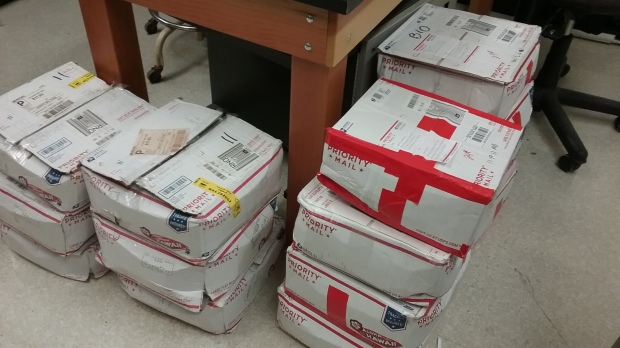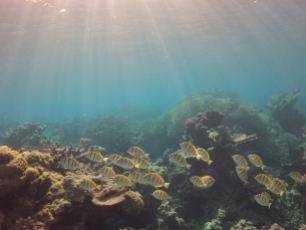When we think about a “pristine” untouched ecosystem we often have a single, preconceived image in mind. It could be a grassland with thousands of bison, a thick tropical forest, or a coral reef teeming with fish and sharks. These places certainly existed, and in many cases are now lost or replaced by alternatives, but there has always been variation and that variation must have contributed to the rich mosaic of life.
It is this variation that we propose can help conservation, but first we need to describe it. If we can describe it we can do a better job of placing modern ecosystems into context. In this paper, published in Conservation Biology, BaselineCaribbean members discuss our ideas of how the fossil record can be used to redefine what should be considered “pristine” and the positive benefits of doing so for conservation.
O’Dea, A., M. Dillon, E., H. Altieri, A. and L. Lepore, M. (2017), Look to the past for an optimistic future. Conservation Biology. doi:10.1111/cobi.12997

DCIM105GOPRO























































